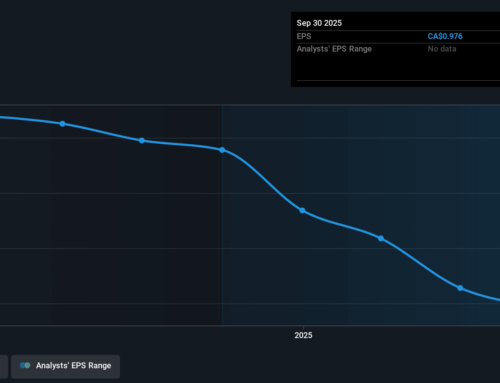Ocean shipping carbon tax could gouge US consumers, say opponents
April 7, 2025
Government representatives are meeting this week to finalize the first-ever global carbon tax on ocean shipping emissions in a move that opponents say could disproportionately hit American consumers.
The initiative is being driven by the International Maritime Organization, which regulates global shipping, following a 2023 agreement that sets a goal of net-zero shipping emissions by 2050.
Members of the organization’s Marine Environment Protection Committee are gathering this week in London where the IMO is headquartered. They’ll try to work out emissions fees and a green protocol for shipping.
The measures, if adopted, would become mandatory for participant countries’ vessels in container shipping, crude oil and other cargo transport. The Biden administration supported the zero emissions goal in 2023. The Trump administration has made no public statement on the IMO proposal.
Proponents say the fees and standards for green fuels will close the cost gap between fossil fuels and alternative fuels such as ammonia, hydrogen and methanol. They say the fees are the most effective way to push vessel operators to adopt green fuels industrywide, moving toward the IMO’s goal of zero emissions by 2050.
As container ships have increased in size so have emissions, rising to 3% of the global total in the past decade, according to the United Nations.
At the same time, major liner operators have voluntarily specified dual-fuel propulsion systems in many of their recent orders with shipbuilders for new vessels.
Published reports say 60 countries currently support a flat levy of from $19 to $150 per metric ton of emissions per the IMO’s proposal. A smaller group comprising China, Brazil, Saudi Arabia and South Africa want a cap-and-trade system, while others seek a compromise between the two.
China’s Cosco is the world’s fourth-largest container carrier, while Saudi Arabia depends on a fleet of tankers to move crude oil to global customers.
Proponents say a high-cost, universal carbon levy would be the most effective means forward, since it wouldn’t allow rich shipowners to use cap-and-trade credits to buy their way to compliance.
But some opponents argue that the proposed fees represent a hidden tax on U.S. consumers – the world’s largest market – since substantial increases in vessel operating costs will be passed on by ocean lines as higher freight rates to shippers and importers and eventually, show up as higher retail prices for appliances, food, clothing and other goods.
Major ocean carriers saw billions in windfall profits in 2024 diverting vessels on longer, more expensive voyages around Africa and away from the strife-torn Red Sea-Suez Canal route where Houthi rebels based in Yemen carried out attacks on merchant shipping in 2024.
While there have been no attacks on shipping in several months, it’s not known when container lines will return to the Red Sea, even as the United States steps up attacks on rebel Houthi positions in Yemen.
Find more articles by Stuart Chirls here.
Related coverage:
Expect ‘subdued’ peak container season in wake of tariffs, says analyst
Port of LA’s Seroka says tariffs to cut container volumes by 10%
Tariff backdrop finds ocean rates steady
As China blocks terminals deal, BlackRock chief says ports ‘will define the future’
Search
RECENT PRESS RELEASES
Related Post



